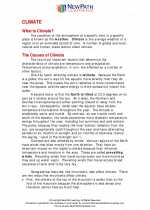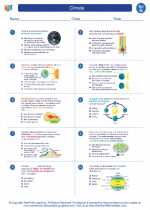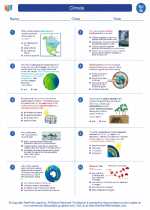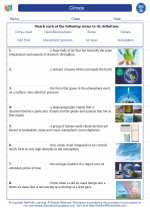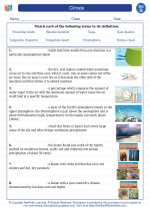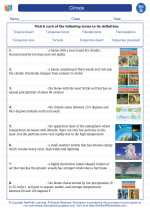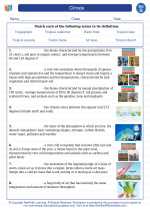Ecosystems
An ecosystem is a community of living organisms (plants, animals, and microorganisms) in conjunction with the nonliving components of their environment (such as air, water, and mineral soil), interacting as a system. These biotic and abiotic components are linked together through nutrient cycles and energy flows.
Components of an Ecosystem
1. Biotic Components: Living organisms in the ecosystem, including plants, animals, and microorganisms.
2. Abiotic Components: Non-living factors such as sunlight, water, air, soil, temperature, and minerals.
3. Interactions: The interactions between biotic and abiotic components determine the functioning of the ecosystem.
Types of Ecosystems
1. Terrestrial Ecosystems: Forests, grasslands, deserts, tundra, and more.
2. Aquatic Ecosystems: Marine (oceans and seas) and freshwater (rivers, lakes, wetlands).
3. Artificial Ecosystems: Human-made ecosystems such as agricultural lands and urban areas.
Energy Flow in Ecosystems
1. Producers: Organisms that can produce their own food through photosynthesis (plants) or chemosynthesis (certain bacteria).
2. Consumers: Organisms that obtain energy by consuming other organisms (herbivores, carnivores, omnivores).
3. Decomposers: Organisms that break down dead organisms and waste, releasing nutrients back into the environment.
Study Guide
1. What are the biotic and abiotic components of an ecosystem?
2. Describe the types of ecosystems and provide examples of each.
3. Explain the concept of energy flow in ecosystems, including the roles of producers, consumers, and decomposers.
4. Discuss the importance of nutrient cycles in maintaining the balance of an ecosystem.
5. How do human activities impact ecosystems, and what are the potential consequences?
